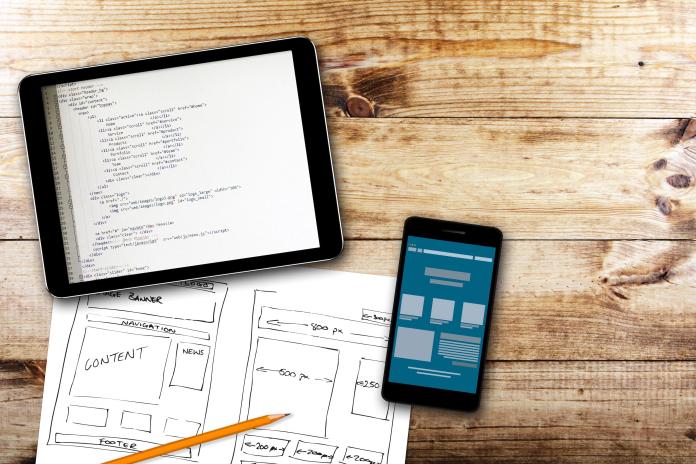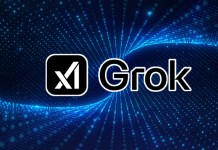
MBaaS, also known as mobile-backend-as-a-service, was introduced as a tool for facilitating mobile app development, especially for app developers who are faced with time restrictions.
MBaaS platforms provide developers with tools to build robust mobile apps and add relevant features such as cloud storage and notifications with little effort and easy management.
With the help of mobile backend-as-a-service, application developers now have the option to create innovative solutions while making use of new features and managing various complex service commands.
Before the advent of MBaaS, this task was handled by the Parse platform. In other words, we can also say that the basic foundation on which MBaaS is built was laid by Parse. In addition to this, Parse also provides mobile-backend-as-a-service companies with easy-to-use and cost-efficient tools.
In this article, I will introduce the following three popular backends for a mobile apps and discuss the features that give them the edge:
- Apple’s CloudKit
- Kinvey
- Google’s Firebase
Now, let’s explore why exactly are these service providers are ahead in the race when it comes to mobile backend-as-a-service.
Apple CloudKit
Starting with Apple’s CloudKit, it is an average Mobile-Backend-as-a-Service, but there are some aspects where it lags behind the other MBaaS providers. The tech giant seems to be constantly working to make CloudKit robust and capable of offering seamless integration with respect to the Apple development ecosystem.
As an iOS app developer, if data persistence is your top priority, then Apple’s CloudKit is your best option. In addition to this, CloudKit also offers a number of features like built-in notifications that come quite handy for the purpose of content-sharing on different social media platforms like Twitter, Facebook, Instagram and many more.
Google Firebase
Next, we have Google’s Firebase, which is hands down one of the most popular MBaaS platforms. Many app developers consider Firebase to be the best replacement for Parse because of the multiple advantages it offers. The SDK (Software Development Kit) provided by Google’s Firebase is simple to use and users can start saving data almost instantly.
With Google’s Firebase, there is no requirement for any sort of third-party app as additional backend this further makes the authentication step comparatively easy. For instance, app developers are able to directly authenticate with numerous platforms including Twitter, Github, Google and many more.
Note: If you’re not familiar with such technologies then there are tech-based media houses that exclusively cover the mobile app industry and provide descriptive guides on emerging technologies.
Kinvey
Last but not least, we have Kinvey, which is known to offer the widest range of mobile backend-as-a-service features, which are as follows:
- The code of Kinvey provides rapid development for platforms like HTML5, Xamarin, iOS and, of course, Android.
- The key services offered by Kinvey are push notifications and location-based services.
- Since Kinvey has a lot to offer in terms of features, it may not be as smooth or as simple as Parse. This may sometimes act against this MBaaS platform.
- In this mobile backend-as-a-service, app developers also get access to additional code snippet libraries.
- Although Kinvey is user-friendly in nature, I would not recommend it for small businesses or startups that are in their initial phase because Kinvey is mainly tailored for enterprises.
Mobile Backend as a Service (MBaaS) has now become an integral requirement for enterprises that want to grow at a faster pace in their respective domains. Today, the backend is much more than just a place to store data and other user information.
Now, brands and companies don’t need to implement several tasks like hosting push notifications, scaling cloud databases or keeping a track of data and app analytics all by themselves, thanks to mobile backend-as-a-service providers.




















